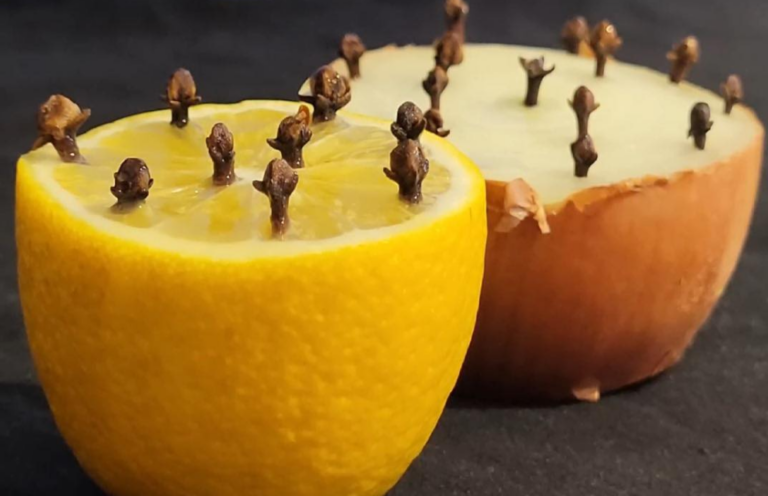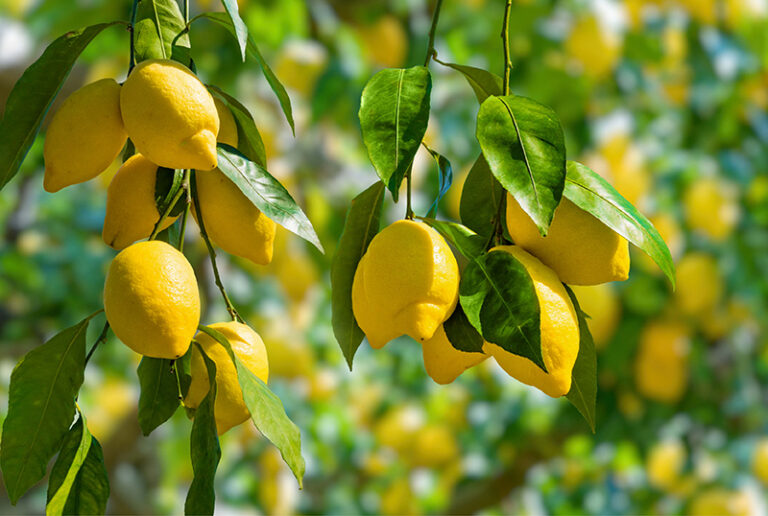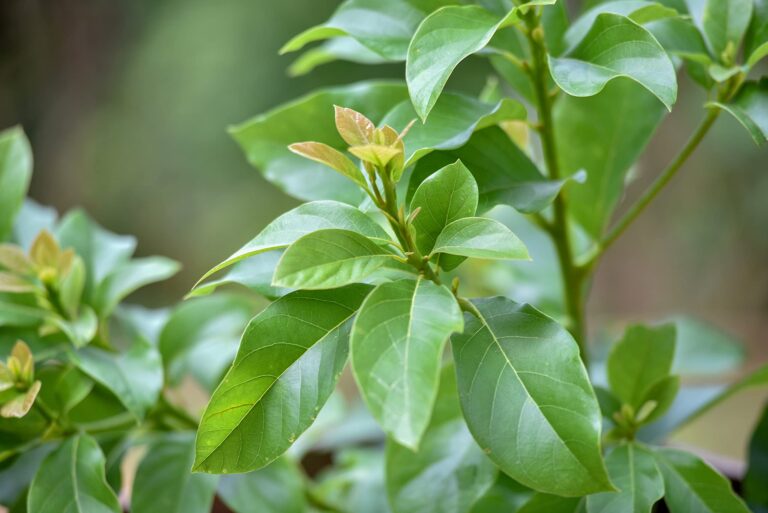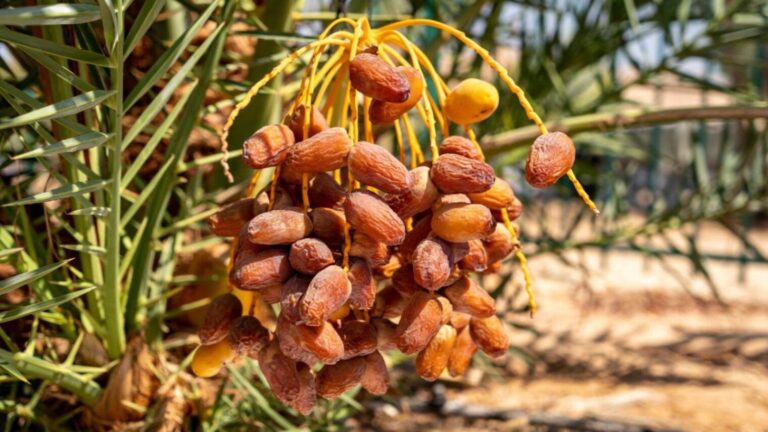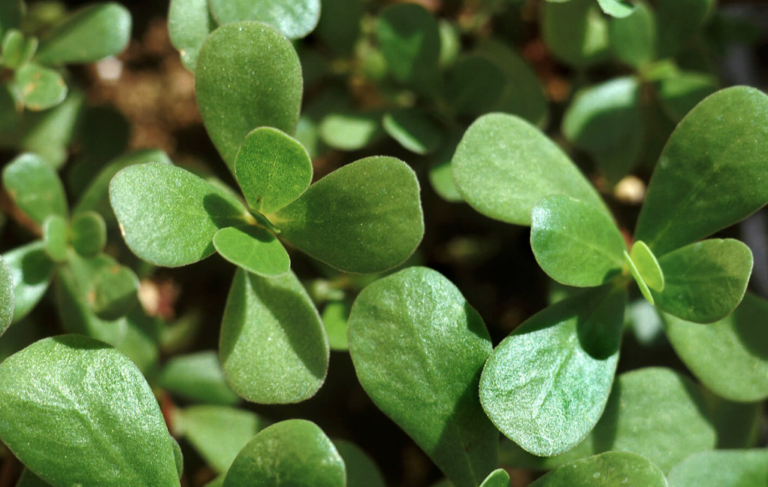Purslane (Portulaca oleracea) might look like just another weed, but don’t let its humble appearance fool you. This tiny green plant is actually a nutritional powerhouse, loaded with vitamins, minerals, and omega-3 fatty acids. Often overlooked, purslane has been a staple in traditional medicine and cuisine across different cultures for centuries. Let’s dive into why this little plant deserves a spot on your plate.
What Makes Purslane a Superfood?
Purslane isn’t just any ordinary leafy green—it’s packed with nutrients that can do wonders for your health. Here’s what makes it so special:
1. Omega-3 Fatty Acids
Unlike most leafy greens, purslane is rich in omega-3 fatty acids, which are usually found in fish. These healthy fats support heart health, reduce inflammation, and even boost brain function.
2. High in Antioxidants
Purslane contains powerful antioxidants like vitamin C, vitamin E, and beta-carotene, which help fight free radicals, reducing the risk of chronic diseases.
3. A Mineral Powerhouse
This plant is a great source of important minerals like magnesium, calcium, potassium, and iron—essential for strong bones, a healthy heart, and overall body function.
4. Gut-Friendly and Anti-Inflammatory
Purslane has been traditionally used to soothe digestive issues and promote gut health. Its anti-inflammatory properties may also help with conditions like arthritis and skin irritations.
5. Hydrating and Low-Calorie
With its high water content and low calorie count, purslane is a great addition to any diet, keeping you hydrated while delivering a nutrient boost.
How to Use Purslane in Your Diet
Not sure how to eat purslane? No worries. It has a mild, slightly tangy taste and a crunchy texture, making it a great addition to:
- Salads – Toss it in with your greens for extra nutrition.
- Smoothies – Blend it up with fruits for a health-packed drink.
- Soups and Stews – Use it as a thickening agent and flavor enhancer.
- Stir-Fries – Sauté it with garlic and spices for a delicious side dish.
- Sandwiches and Wraps – Add it for a fresh, crunchy texture.
Purslane: A Free Superfood Growing in Your Backyard
The best part? Purslane grows everywhere. Instead of pulling it out as a weed, you can harvest it for free and add it to your meals. If you don’t have it in your yard, you can find it in farmers’ markets or health food stores.
With all these benefits, it’s time to give purslane the recognition it deserves. Don’t overlook this tiny green powerhouse—it might just become your new favorite superfood.
